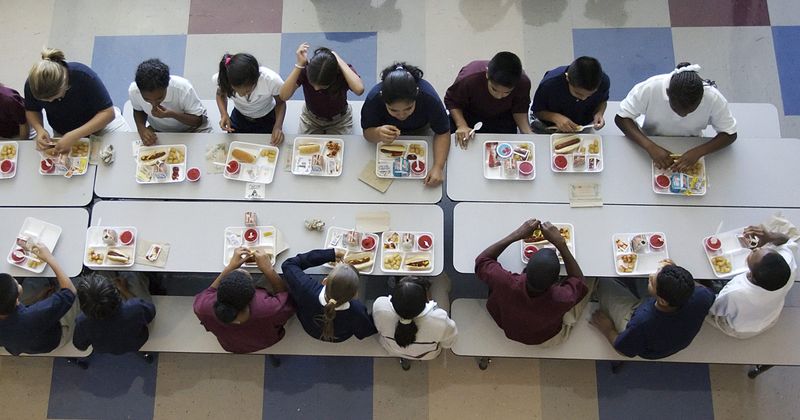Universal free school meals associated with greater meal participation
Key takeaways:
- Schools served 69% more meals to students who would not have qualified for reduced-price meals.
- Suspension rates decreased among students who would have qualified for free or reduced-price meals.
Schools with universal free school meals saw greater meal participation, as well as improvements in attendance and suspensions, according to a systematic review published in JAMA Network Open.
“We crafted the study to capture and review existing data on the implementation of universal free school meal programs in the U.S.,” Amanda J. MacFarlane, PhD, director of Texas A&M’s Agriculture, Food and Nutrition Evidence Center, told Healio. “There was some evidence suggesting that it may also result in less obesity among students, fewer suspensions and potential minor improvements in school attendance. However, because only one or two studies assessed these outcomes, more evidence is needed to strengthen these conclusions.”

The systematic review included six studies encompassing more than 11,000 elementary, middle and high schools in six U.S. states. The studies were conducted between 2013 and 2019 and gathered data about breakfast and lunch participation, attendance rates, prevalence of obesity and overweight and suspensions rates.
Three studies reported greater meal participation in schools after implementing universal free meals, with 4.32 percentage points of growth in Texas to an 8.2% uptick in South Carolina elementary schools. In Pennsylvania, 69% more meals were served to students who would not have qualified reduced-price meals.
Attendance improved slightly in Wisconsin elementary schools, with a 3.5-percentage-point decrease (P < 0.05) in low attendance rates, which are the proportion of students attending less than 95% of school days. South Carolina middle school students missed an average of one-half (52%) day less in schools with universal free meals (P < 0.05).
In California schools that implemented free school meals, obesity prevalence fell by 0.6 percentage points and the proportion of students with normal weight increased by 0.58 percentage points, compared with schools that were eligible, but did not participate in universal free meals.
A study of Oregon schools found suspensions decreased by 0.7 percentage points (P < 0.05) in schools with universal free school meals. The decrease was even larger among middle schools (1.9 percentage points; P < 0.01) and high schools (2.5 percentage points; P < 0.05). Universal free school meals were also “associated with reduced suspension rates for students that qualified for free and reduced-price lunch,” but not among ineligible students, the researchers wrote.
“An important result from a systematic review is to identify research gaps — areas where we have little or no data,” MacFarlane said. “Our expert panel identified a number of other outcomes that are important to consider when evaluating universal free school meal programs, including dietary intake and quality, food waste, stigma, shaming, food insecurity and the economic impact for schools. We did not find any studies that met our inclusion criteria that examined these issues, suggesting we need to collect data to answer those questions.”

